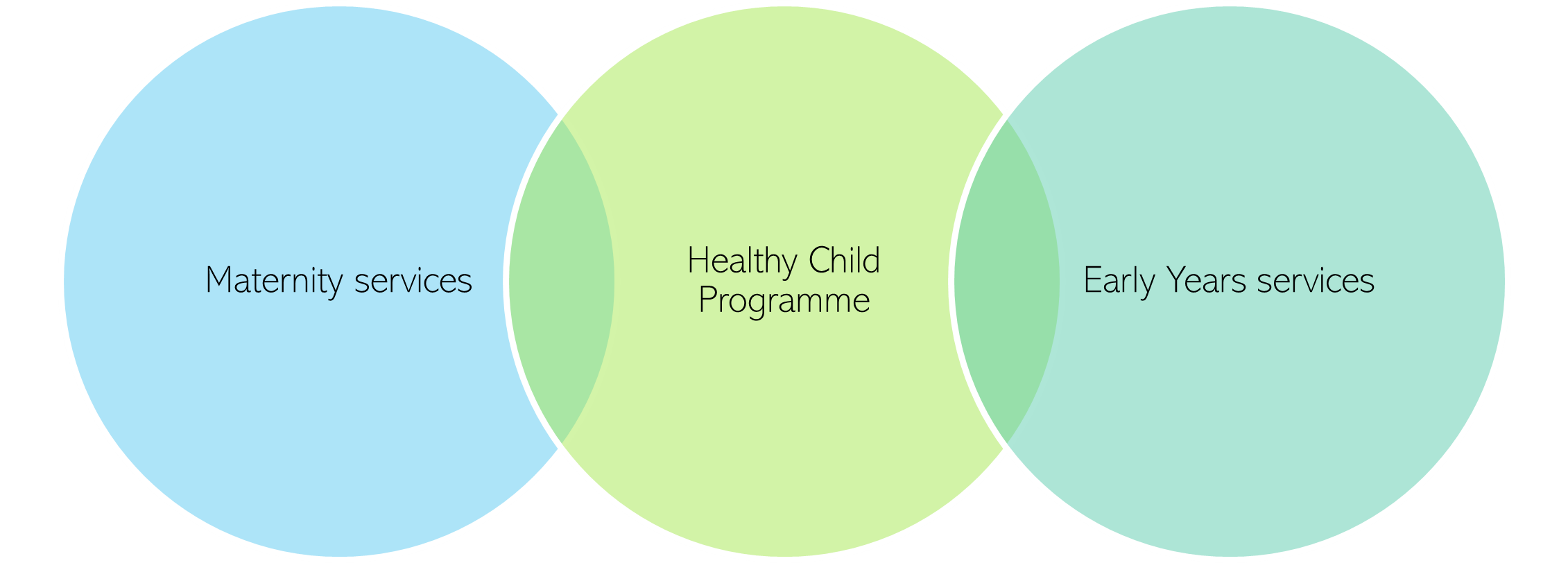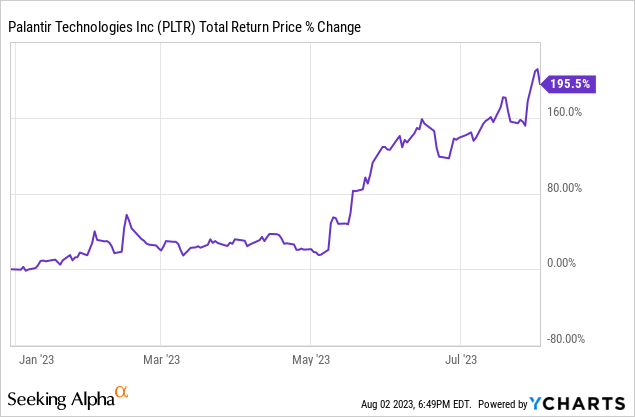Mental Health Services: Gaps, Needs, And Potential Improvements

Table of Contents
Accessibility Gaps in Mental Health Services
Many individuals face significant hurdles in accessing necessary mental healthcare. These barriers often intersect and compound each other, creating a complex web of challenges.
Geographic Barriers
Many rural and underserved communities lack sufficient mental health professionals, creating a significant disparity in access to care. This disparity disproportionately affects vulnerable populations.
- Lack of transportation: Limited public transportation and the cost of private transportation prevent many individuals from attending appointments, especially those in rural areas.
- Limited access to technology: The rise of telehealth offers potential solutions, but inadequate internet access and digital literacy skills in some communities limit its effectiveness. This digital divide exacerbates existing inequalities in mental healthcare access.
- High cost of travel to urban centers: For those living far from mental health professionals, the costs associated with travel—gas, tolls, parking—can be a prohibitive barrier.
The impact of geographic isolation on timely access to care cannot be overstated. Early intervention is crucial for many mental health conditions, and delays in accessing treatment can lead to worsening symptoms and poorer outcomes. This is particularly concerning for individuals experiencing acute mental health crises.
Financial Barriers
The cost of mental healthcare, including therapy, medication, and hospitalization, can be a significant obstacle for many. This financial burden often leads to delayed or forgone treatment, worsening symptoms and increasing the overall healthcare costs in the long run.
- High insurance premiums: The rising cost of health insurance makes mental healthcare inaccessible for many families. Premiums often exceed what individuals can afford, leaving them uninsured or underinsured.
- High deductibles and copays: Even with insurance, high deductibles and copays can make regular therapy sessions unaffordable, leading to inconsistent treatment.
- Lack of insurance coverage: Many individuals lack health insurance altogether, leaving them with limited or no options for mental health treatment.
- Underinsurance: Some insurance plans provide inadequate coverage for mental health services, limiting the number of sessions or types of treatments covered.
Addressing financial barriers requires a multi-faceted approach involving increased insurance coverage, affordable care acts, and government subsidies to reduce the financial strain on individuals seeking mental health support.
Systemic Barriers
Navigating the mental healthcare system can be a complex and frustrating process for individuals already struggling with their mental health.
- Long wait times for appointments: Long wait times for initial appointments and ongoing therapy sessions can discourage individuals from seeking help and lead to delays in treatment.
- Complicated referral processes: The referral processes between primary care physicians, specialists, and other healthcare providers can be overly complicated and time-consuming.
- Lack of coordination between providers: Poor communication and coordination between different healthcare providers involved in an individual’s care can lead to fragmented and inefficient treatment.
- Insufficient integration with primary care: Lack of integration between mental health and primary care services limits early detection and access to treatment.
Unmet Needs in Mental Health Services
Beyond accessibility challenges, significant unmet needs exist within the mental health system, often impacting specific populations and conditions.
Specific Population Needs
Certain groups experience disproportionately higher rates of mental illness and face unique barriers to care. Addressing these disparities requires culturally sensitive and tailored approaches.
- Children and adolescents: Young people face unique challenges, including developmental considerations and the need for family involvement in treatment.
- Elderly individuals: Older adults may face additional barriers due to physical limitations, cognitive decline, and social isolation.
- Ethnic minorities: Cultural stigma, language barriers, and mistrust of the healthcare system can create significant barriers to accessing care for many ethnic minority groups.
- LGBTQ+ individuals: Members of the LGBTQ+ community often face discrimination, stigma, and lack of culturally competent care, leading to higher rates of mental health issues and lower help-seeking behaviors.
- Individuals with co-occurring disorders: Those struggling with both mental health conditions and substance abuse require specialized treatment that addresses both issues simultaneously.
Service Gaps in Specific Mental Health Conditions
Treatment options and access vary significantly depending on the specific mental health condition. Many conditions lack sufficient resources or specialized expertise.
- Limited access to specialized care for severe mental illnesses: Individuals with schizophrenia, bipolar disorder, and other severe mental illnesses often face significant challenges in accessing specialized care, leading to poorer outcomes.
- Inadequate treatment for eating disorders: Access to evidence-based treatments for eating disorders is limited, and many individuals struggle to find qualified professionals and appropriate treatment settings.
- Insufficient resources for trauma-informed care: Trauma-informed care is crucial for individuals who have experienced trauma, but access to these specialized services is often limited.
Lack of Preventative and Early Intervention Services
Early identification and intervention are crucial for improving mental health outcomes. However, resources for preventative and early intervention services are often insufficient.
- Insufficient funding for preventative programs in schools and communities: Investing in preventative programs in schools and communities is essential to promote mental health literacy and early intervention.
- Lack of awareness and stigma surrounding mental health: Reducing stigma and increasing awareness are crucial for encouraging individuals to seek help early.
- Limited access to early intervention services: Early intervention services, such as brief therapy and support groups, can prevent more severe mental health problems from developing.
Potential Improvements to Mental Health Services
Several strategies can enhance the accessibility and effectiveness of mental health services.
Expanding Access to Telehealth
Telehealth can overcome geographic barriers and improve accessibility to mental healthcare, particularly in remote or underserved areas.
- Increased funding for telehealth infrastructure: Investing in reliable internet access and telehealth technology is crucial for expanding its reach.
- Training healthcare professionals in telehealth techniques: Providing appropriate training to healthcare professionals on the effective use of telehealth platforms is essential.
- Expanding insurance coverage for telehealth services: Ensuring that telehealth services are covered by insurance plans will improve affordability and access.
Improving Workforce Development
Addressing the shortage of mental health professionals is critical to expanding access to care.
- Increased funding for mental health education and training programs: Attracting more individuals to the field of mental health requires investing in education and training.
- Loan forgiveness programs for mental health professionals: Providing financial incentives can encourage individuals to pursue careers in mental health, particularly in underserved areas.
- Recruitment and retention strategies: Implementing strategies to recruit and retain qualified professionals, especially in rural and underserved communities, is vital.
Promoting Integration of Mental Healthcare
Integrating mental healthcare with primary care can improve early detection and access to treatment.
- Training primary care providers to screen for mental health conditions: Equipping primary care physicians with the skills to screen for mental health conditions is crucial for early intervention.
- Collaborative care models: Collaborative care models involve teams of primary care providers and mental health professionals working together to provide comprehensive care.
- Increased funding for integrated care programs: Investing in integrated care programs will enable more primary care settings to effectively incorporate mental health services.
Addressing Stigma and Promoting Mental Health Literacy
Reducing stigma is essential for encouraging individuals to seek help and improving help-seeking behavior.
- Public awareness campaigns: Raising awareness about mental health issues and reducing stigma through public awareness campaigns is critical.
- Educational programs: Educating the public about mental health conditions, treatment options, and available resources can help reduce stigma and improve help-seeking behavior.
- Community outreach initiatives: Community outreach initiatives can help reach individuals who may not otherwise seek help.
Conclusion
Addressing the gaps and unmet needs in mental health services requires a comprehensive and multi-pronged approach. Increased funding, improved access, workforce development, and initiatives to reduce stigma are all crucial. By prioritizing these areas, we can create a more equitable and effective system that supports the mental well-being of all individuals. Take the first step towards better mental health; explore available resources and advocate for improved mental health services in your community. Better access to mental health services is vital for a healthier society.

Featured Posts
-
 Leaked 2008 Disney Game Now Available On Ps Plus Premium
May 02, 2025
Leaked 2008 Disney Game Now Available On Ps Plus Premium
May 02, 2025 -
 Lisa Ann Keller Obituary East Idaho News
May 02, 2025
Lisa Ann Keller Obituary East Idaho News
May 02, 2025 -
 Priscilla Pointer Dead At 100 Dallas Star And Steven Spielbergs Mother In Law Passes Away
May 02, 2025
Priscilla Pointer Dead At 100 Dallas Star And Steven Spielbergs Mother In Law Passes Away
May 02, 2025 -
 Breaking The Silence Dr Shradha Malik On The Importance Of Mental Health Awareness
May 02, 2025
Breaking The Silence Dr Shradha Malik On The Importance Of Mental Health Awareness
May 02, 2025 -
 City Of Tulsa Deploys 66 Salt Trucks For Winter Weather
May 02, 2025
City Of Tulsa Deploys 66 Salt Trucks For Winter Weather
May 02, 2025
Latest Posts
-
 4 5
May 10, 2025
4 5
May 10, 2025 -
 Analyzing Palantirs Potential A 40 Stock Increase By 2025 Is It Achievable
May 10, 2025
Analyzing Palantirs Potential A 40 Stock Increase By 2025 Is It Achievable
May 10, 2025 -
 Late To The Game Evaluating Palantir Stock Investment Potential In 2024 For 2025 Gains
May 10, 2025
Late To The Game Evaluating Palantir Stock Investment Potential In 2024 For 2025 Gains
May 10, 2025 -
 40 Palantir Stock Growth By 2025 A Realistic Investment Opportunity
May 10, 2025
40 Palantir Stock Growth By 2025 A Realistic Investment Opportunity
May 10, 2025 -
 Should You Buy Palantir Stock Before Its Predicted 40 Rise In 2025
May 10, 2025
Should You Buy Palantir Stock Before Its Predicted 40 Rise In 2025
May 10, 2025
